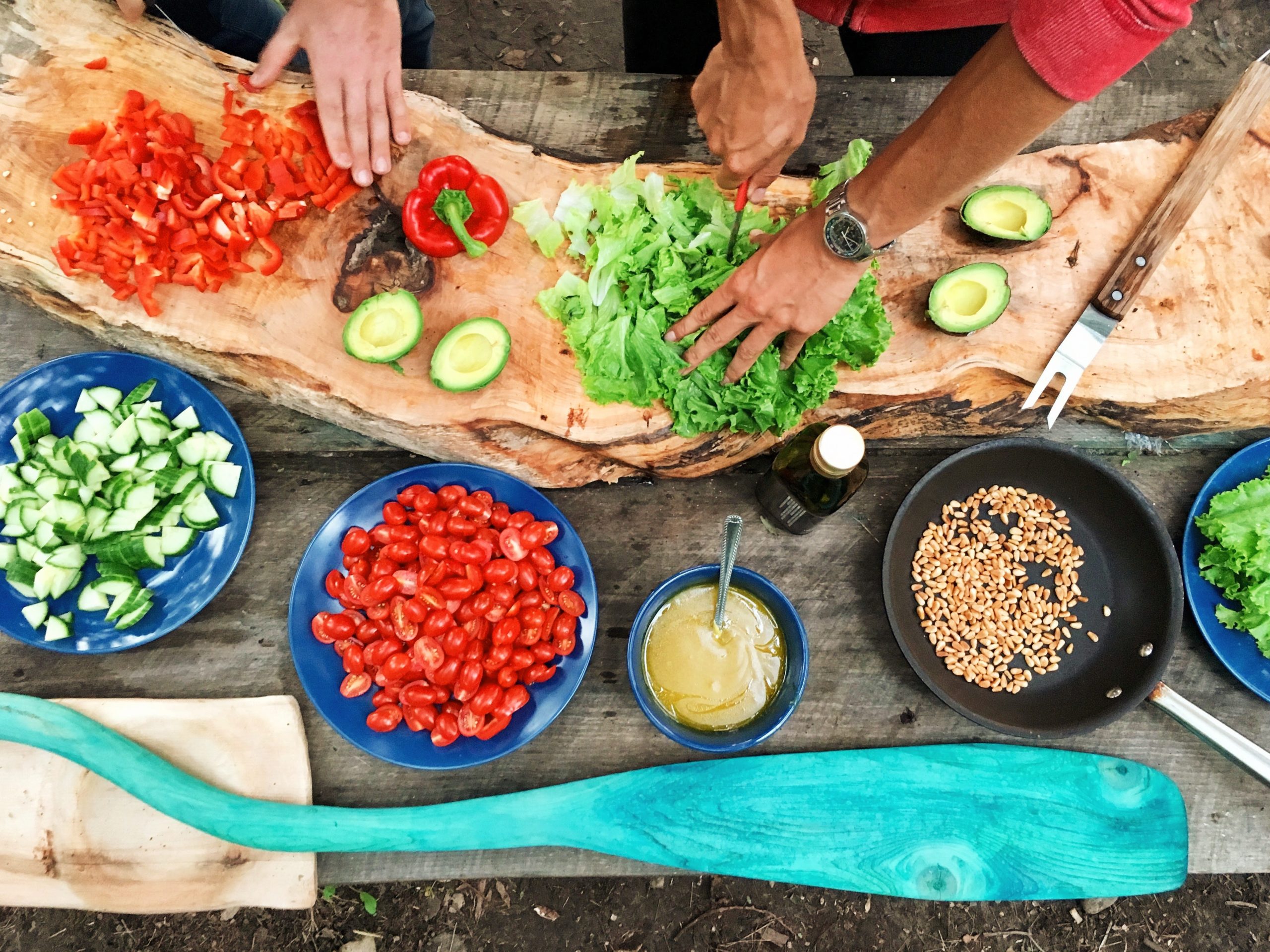Foodservice operators are looking for quick cost-effective solutions to support takeout and delivery and reduce food costs. Potatoes are versatile and can be used in many ways. They can complement breakfast, lunch and dinner menus and keep customers coming back for more. No matter if your customers are meat eaters or plant-based only, the potato can be the answer to your menu prayers.
Here are some key insights into the potato, ways operators can incorporate them into their menus to reduce food costs and stay relevant with potato trends.
Reduce Food Costs With These Potato Trends
According to Technomic, 45% of overall consumers prefer vegetable-based meals as their protein substitute. With potatoes being a vegetable, they make for a great protein replacement in recipes. A medium 5.3 oz potato with skin provides 3 grams of plant-based protein – which exceeds that of all other commonly consumed vegetables, except dried beans.
The foodservice industry has been moving toward new varieties of potatoes for several years. Potato trends like small reds and yellows have been gracing menus as side dish options. Sweet potatoes can also be a fun choice to incorporate into your recipes. They are adaptable to any restaurant menu, nutrient dense and very affordable. Try using them in dishes such as wraps, pizza crust, “toast” and butter. Stand out from your competition by creating your own signature potato chip by using different varieties of potatoes.
Even as restaurants continue to welcome customers back into their dining rooms, strict capacity guidelines and limited seating are ensuring that delivery and takeout options remain high priority. As such, operators are looking for ingredients that help them to get orders out quickly without sacrificing quality or freshness. By using products such as fresh-dried Idahoan mashed potatoes, hash browns or appetizers, operators can create new and unique dishes that taste great and travel well, allowing them to deliver what customers are craving without any added hiccups.
Brands such as Idahoan give customers that homemade potato taste they are looking for. Today’s diners want food that’s as good for the planet as it is for their health—with clean ingredients, sustainable origins, and, of course, amazing flavor. As kitchens pivot to meet rising expectations, many are realizing that Idahoan fresh-dried potatoes are as sustainable as they are delicious—and they have been all along.
When is the best time of year to purchase potatoes?
Given the vast number of varieties and growing regions, there are good supplies of potatoes all year, but some months are better than others for specific varieties. You can feature potatoes all year long and take advantage of featuring specific varieties when they are at their peak of health and availability. July and early-August can be challenging for the Russets as they typically are showing their age and when combined with summer heat and humidity they tend to breakdown easy.
Are there different types of potatoes?
There are over 200 varieties sold in the United States alone!
What is the best temperature or best practice for storing potatoes?
In general, a cool area of dry storage with low humidity and good ventilation is best. Best temperature to store potatoes is 44 to 47 degrees. Colder temperatures will cause the potatoes to lose significant starch and will affect the cooking quality. Also, keep potatoes away from the lights. Keeping potatoes in the dark can help prevent greening and sprouting.
Does the pricing of potatoes change with the different seasons?
Potato prices change weekly. If you are not contracted on a product then you’re subject to the market on any given week. Varieties of potatoes change throughout the year as well. For example, Norkotah’s don’t store as long as Burbank’s so during harvest in October and November you may see both for sale. After January, supplies will move to mostly Norkotah’s. Then in May, Burbanks shift back to Burbank’s for the latter part of the season to finish up.
Potato prices appear to be trending low for the remaining year, according to produce program experts at Fresh Concepts. You can keep costs low and sales high by utilizing potatoes throughout your menu.
Where are potatoes grown?
Different varieties grow in each state. Leading US commercial production states are Idaho, Washington, Wisconsin, Oregon, Colorado, North Dakota, Michigan, Minnesota, Maine, California, and Florida as well as many others to a lesser extent. Prince Edward Island is the largest producer of potatoes in Canada, followed by Manitoba, New Brunswick, and Alberta.
Mashed, crushed, baked, or speed-scratched, potatoes are a flexible ingredient and are a great addition to any menu. Looking to add potatoes to your menu? Contact Consolidated Concepts today and find out how your operation can save on potatoes!



